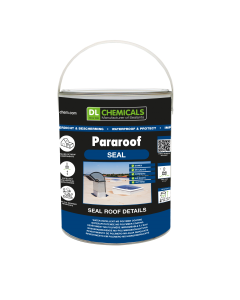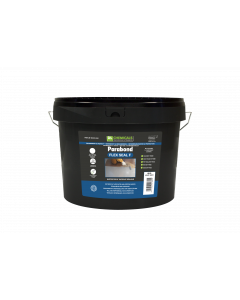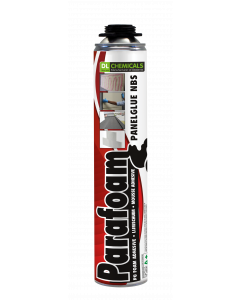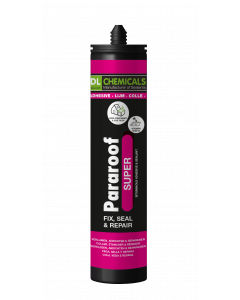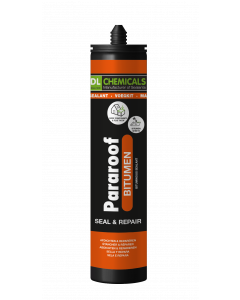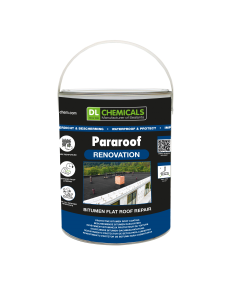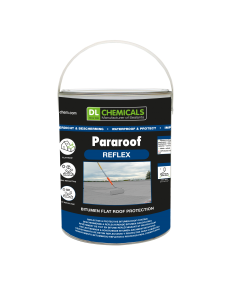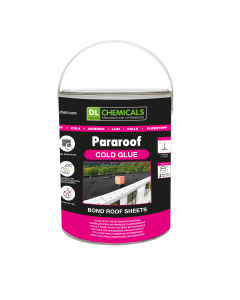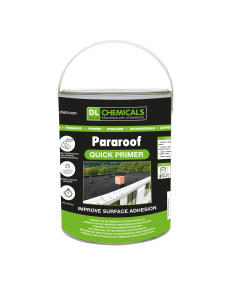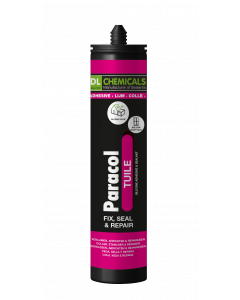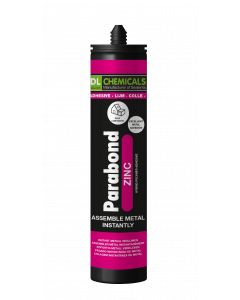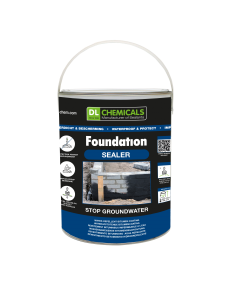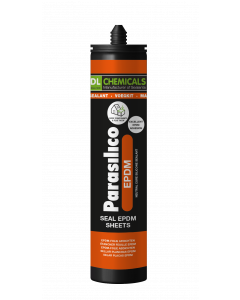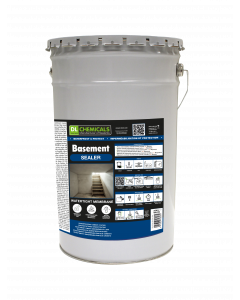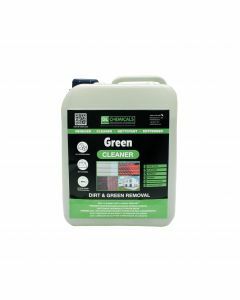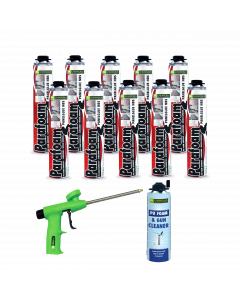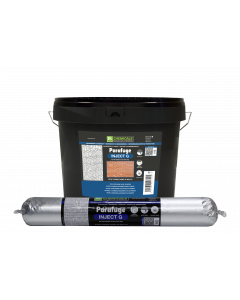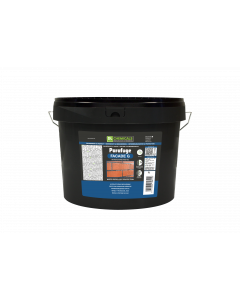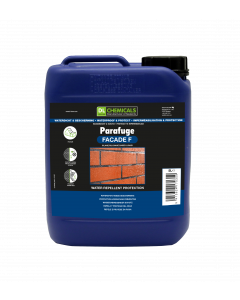Waterproofing
Below you will find general guidelines and info on sealing your home to combat water infiltration and moisture. For each step we advise which products can be used. The specific methods and guidelines per product can be found in the technical data sheets. Be sure to also check out our brochure and the frequently asked questions about this application!
1. Moisture, a source of concern
Causes of housing moisture problems
Moisture problems in buildings can be a significant source of concern. The problems vary in origin and severity. Understanding the various causes is critical to effectively addressing and preventing damage to buildings. Common causes include rising damp, infi ltration of rainwater but also:
- Construction moisture is the moisture that remains in building materials after the construction period. It is estimated that up to 5,000 liters of moisture remains during the construction of a family home.
- Internal condensation: under the influence of a vapor pressure difference between the inside and outside of a building, moisture transport occurs. When the moist air comes into contact with a cold surface in a building element, there is a chance of internal condensation.
- Surface condensation: cooking, showering, moisture given off by plants... creates vapor in the house. Depending on the temperature, the air contains a percentage of water vapor. Once 100% relative humidity is achieved, the vapor will condense and surface condensation occurs.
- Porous materials absorb moisture from the ambient air, a phenomenon known as hygroscopy.
- Soluble salts: salts in building materials easily absorb water. When dried, they can cause cracks and fissures.
- Leaks and splashing water
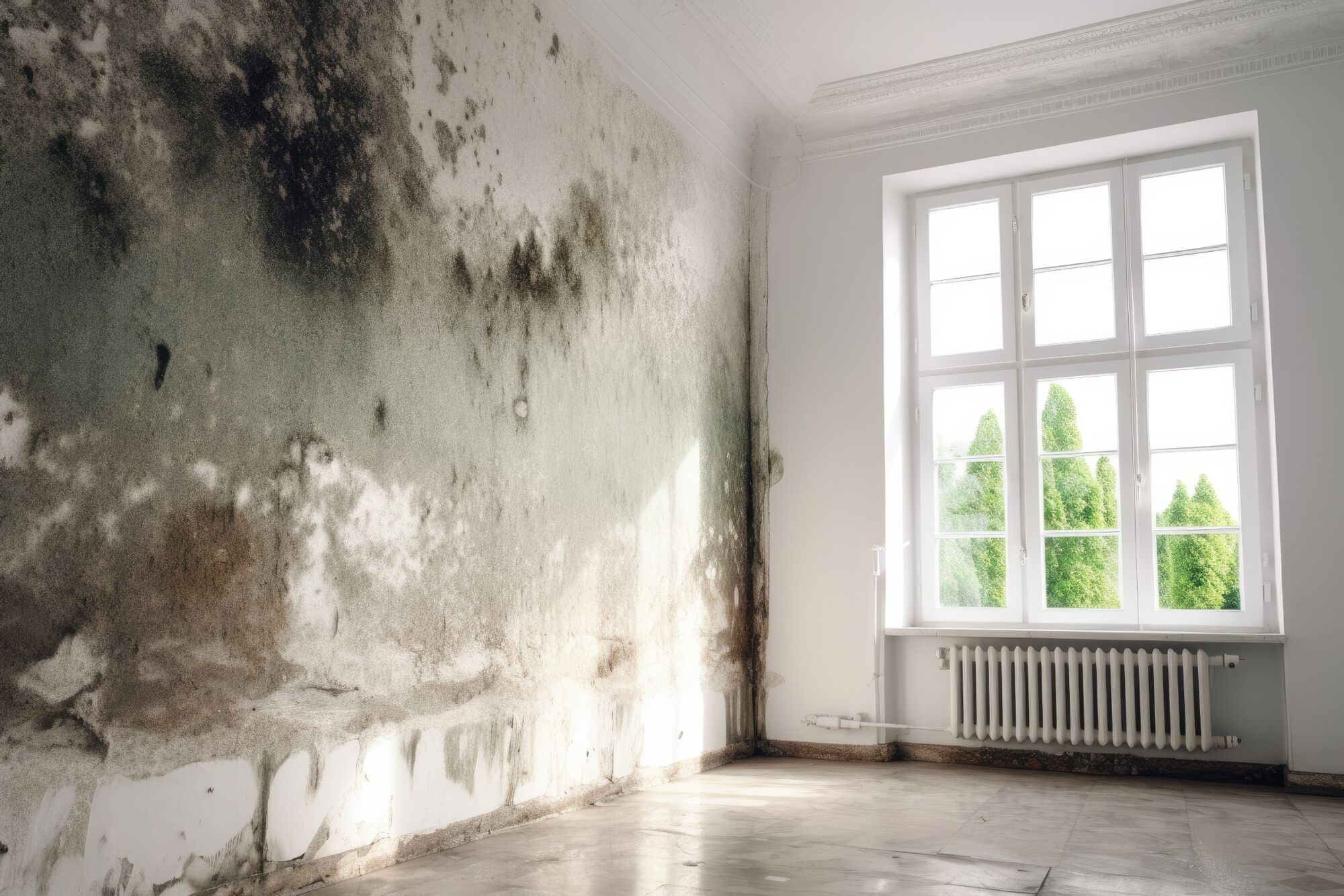

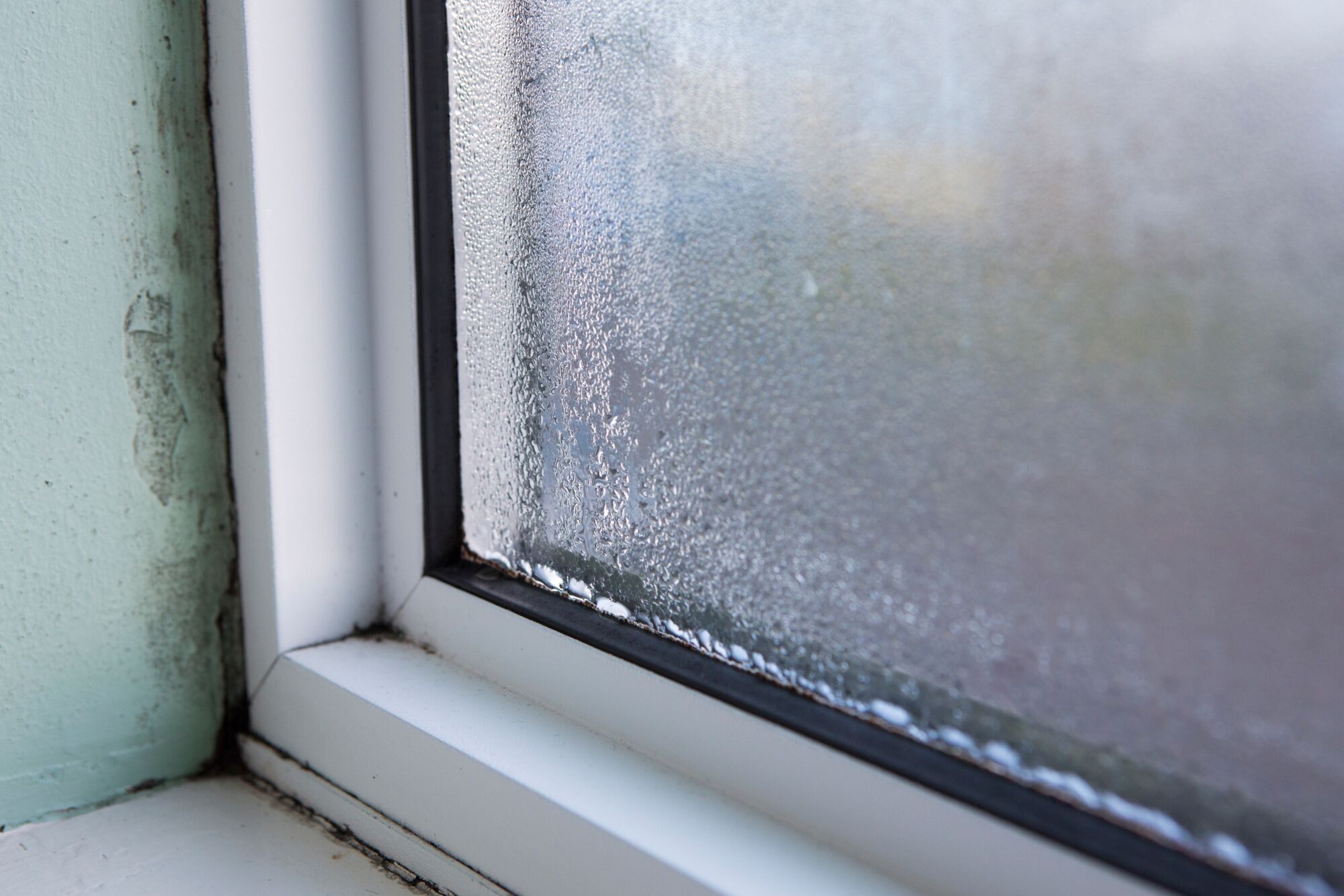

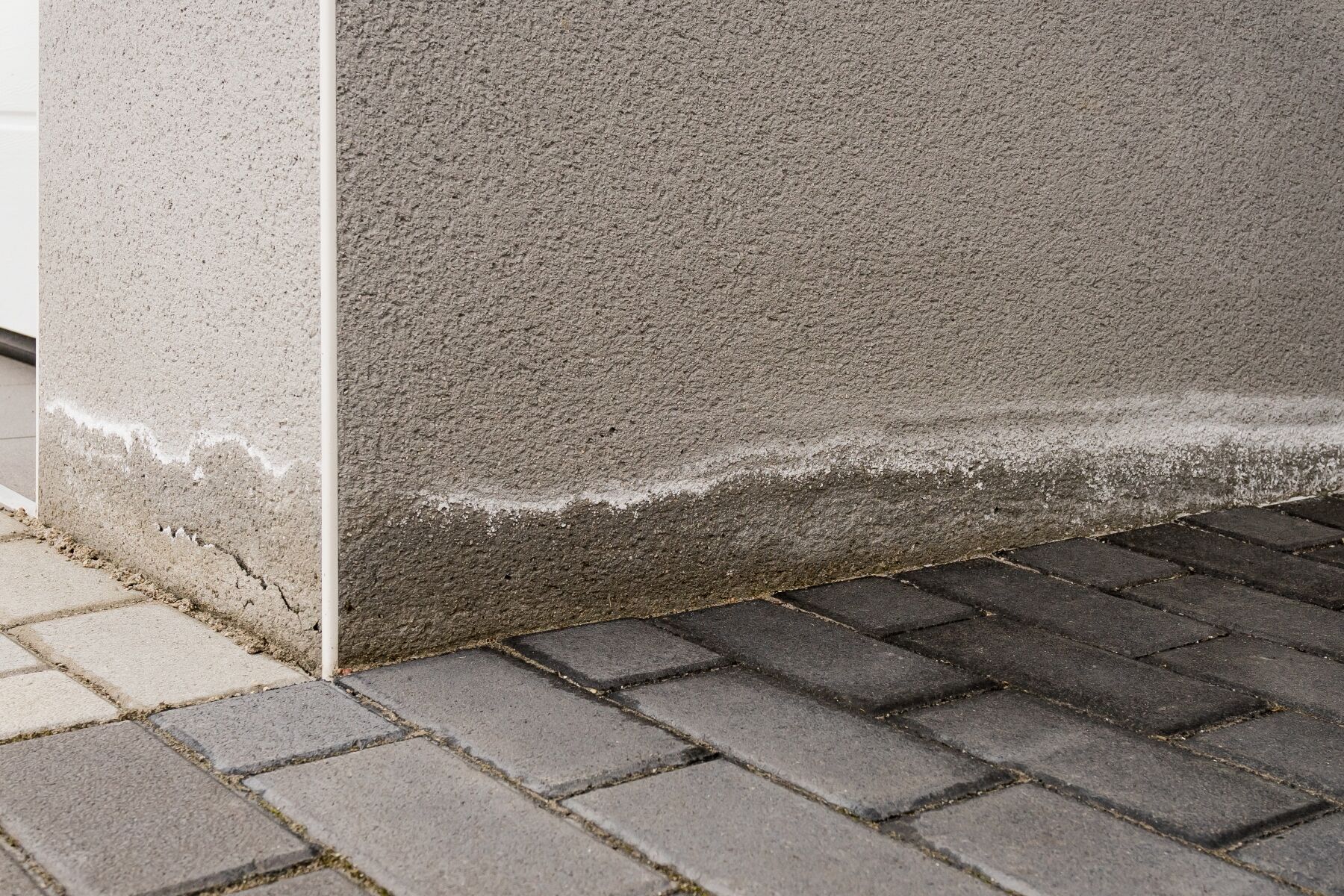

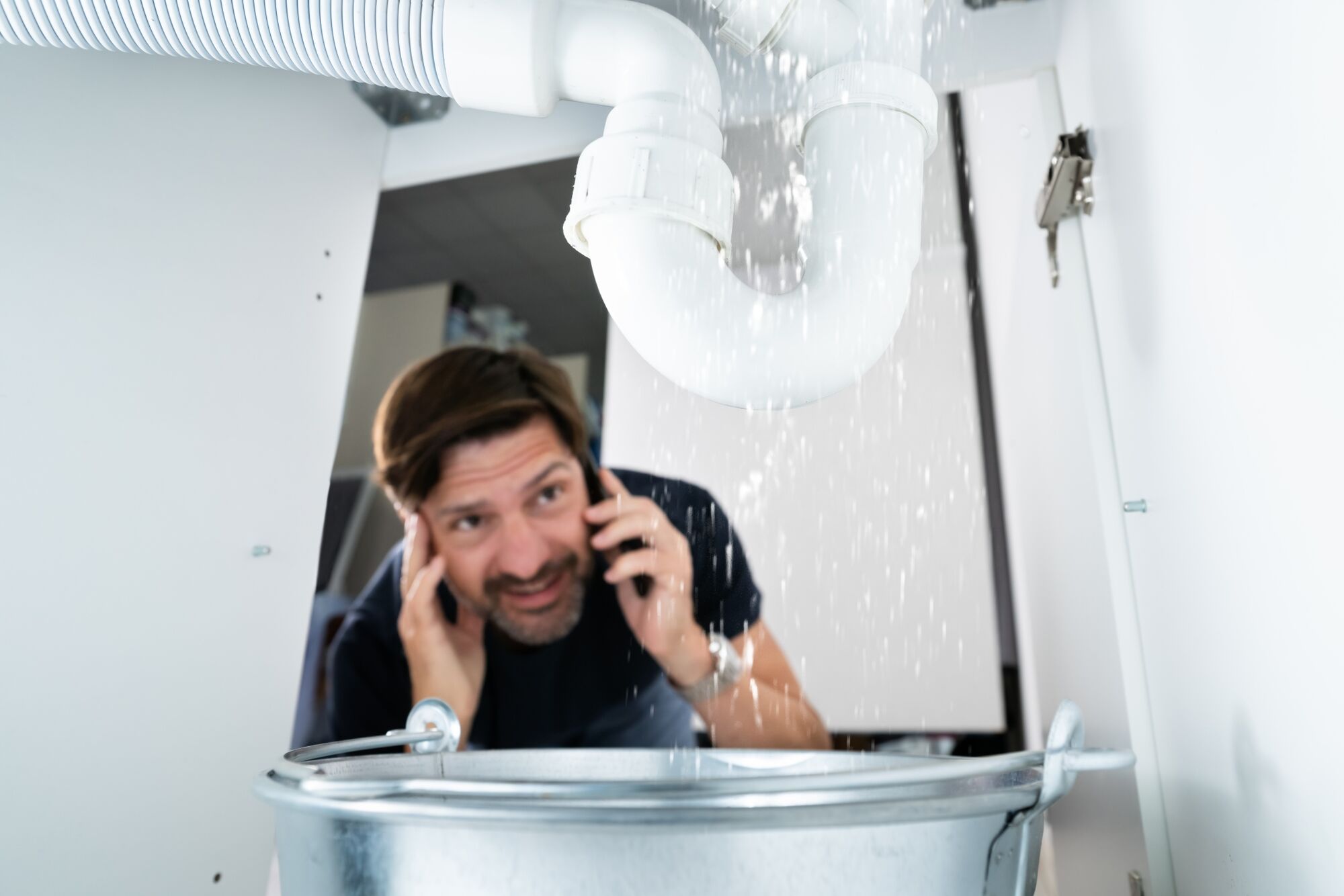

How does moisture move?
Moisture movement in porous materials has three main mechanisms:
- Vapour transport
In porous materials that are (almost) dry, moisture mainly travels as vapour. This process is slower than the transport of water in liquid form. At high humidity (>70%), the pores gradually begin to fi ll with water, turning vapour transport into a liquid process. - Hygroscopic properties
Porous materials can absorb moisture from the ambient air. Hygroscopy is done even without the presence of liquid water. The degree of hygroscopy depends on the number of small pores (<0.1μm) in the material. The more of these small pores there are (for example, with cement), the higher the hygroscopic properties of the material. - Capillary action
Capillary action is the phenomenon when water comes into contact with the surface of a porous material and it is sucked up by the material. The size of the pores determines how far the water can penetrate into the material. The smaller the pores, the further the water
2. Protect against rising damp
To address the persistent problem of rising damp in older buildings, such as buildings built before 1945, where the lack of a waterproof membrane at the base of the walls has led to capillary moisture absorption and salt accumulation, Parafuge Inject G offers a highly effective solution. This product forms an impermeable barrier against rising damp, with a proven reduction in capillary absorption, as evidenced by the WTCB classification.
Modern buildings, on the other hand, often use masonry with an air cavity and a waterproofing membrane to avoid such problems. However, these construction methods have their own challenges:
- Errors in the installation of the membrane or in the design of the
structure. - Grounding added later that is above the membrane level,
preventing the membrane from functioning effectively.
To combat rising damp, injection of a moisture repellent is an excellent
and effective solution. Rising damp is blocked at the physiochemical
level.
Find more information on how to treat rising damp here.
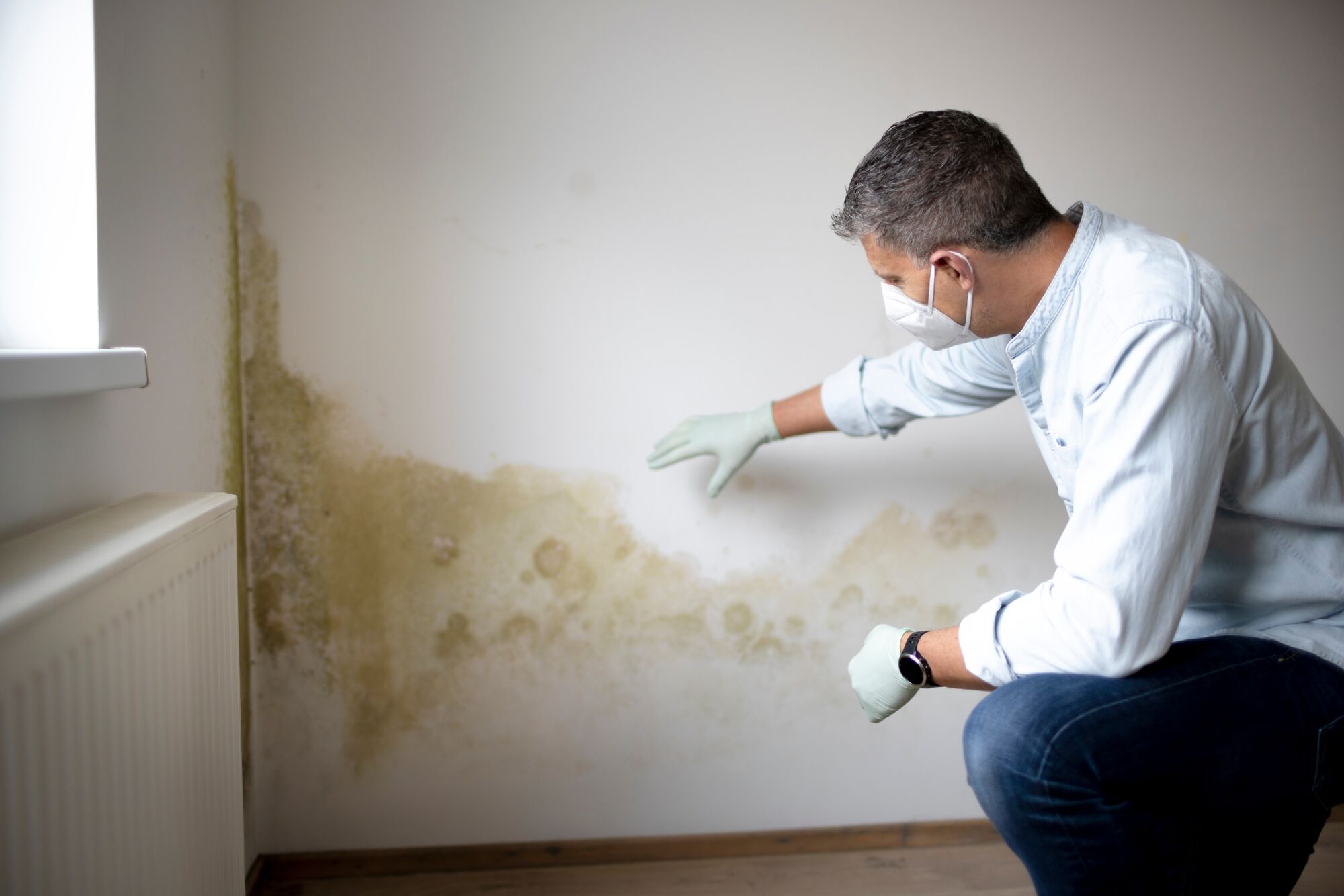

3. Protect against groundwater
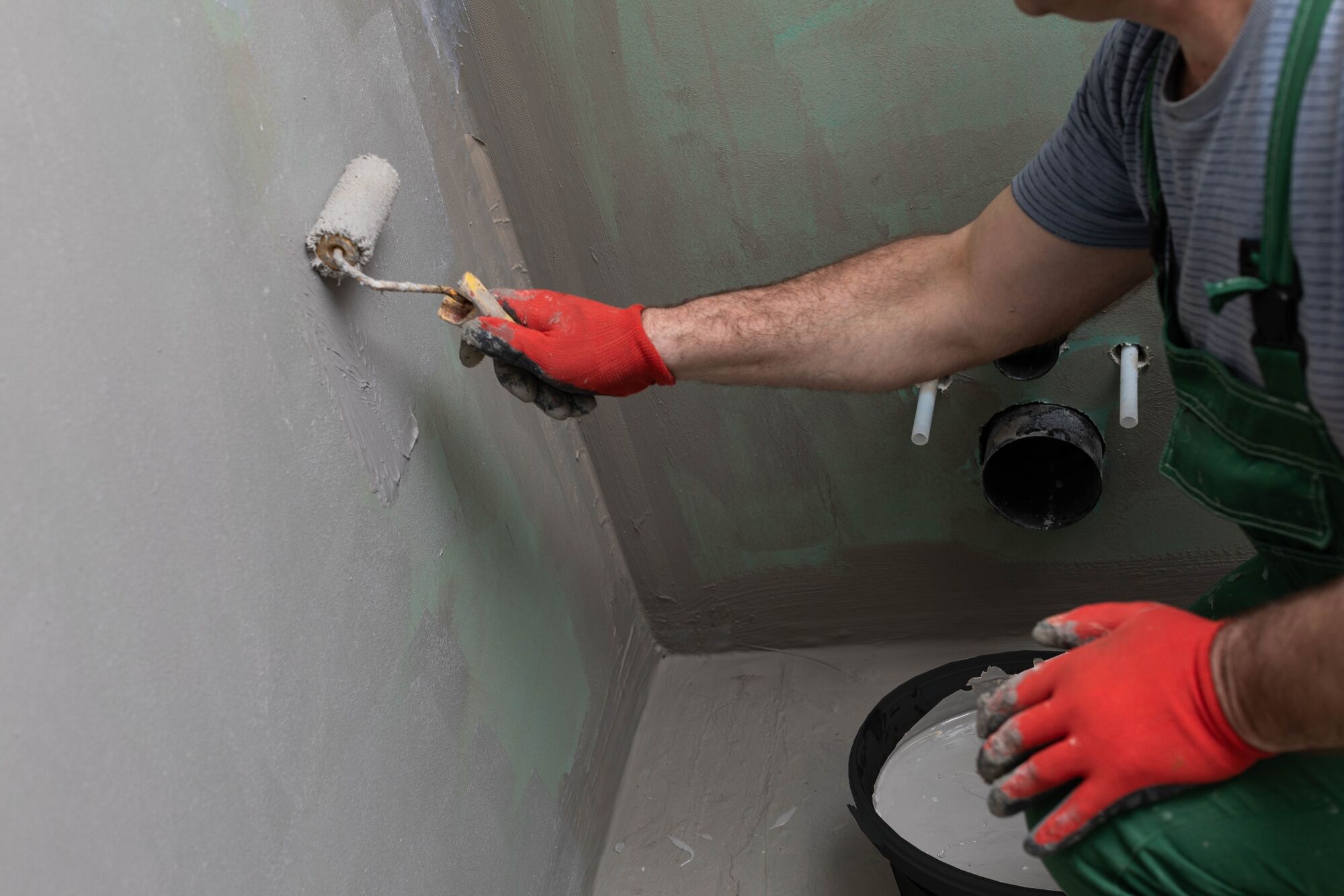

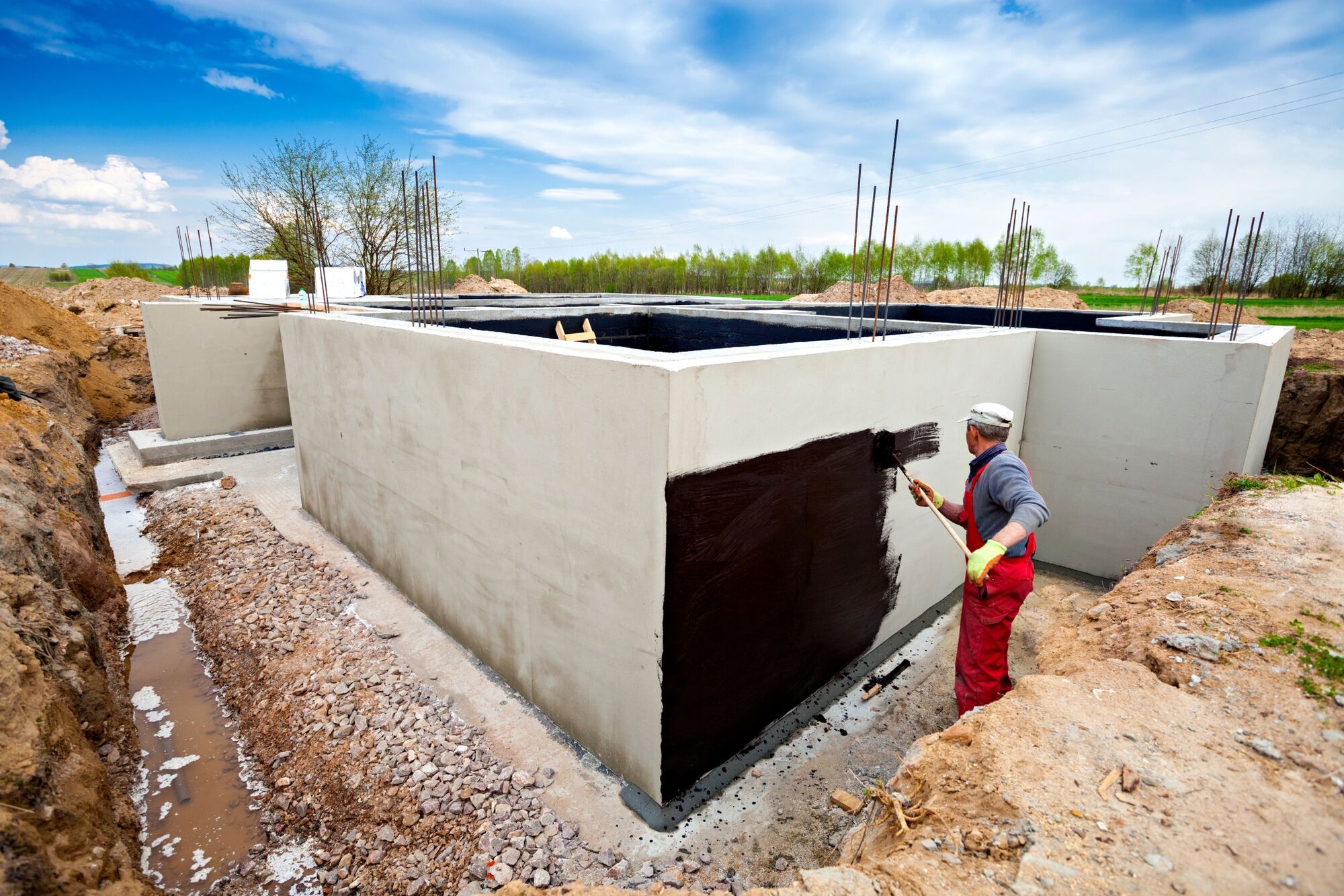

To effectively combat moisture problems caused by groundwater infiltration in basements and rising damp in foundations, the use of specialized sealing solutions is necessary. Parabond Flex Seal F and Parabond Flex Seal G
serve as high-performance sealants and create waterproof barriers for the exterior surfaces of foundations, basement walls, masonry, concrete roof and patio tiles and shower rooms.
Negative pressure can result in groundwater seepage into basements, while capillary forces can result in rising moisture through the foundation. The extent to which groundwater contributes to moisture problems in buildings depends on several factors, including the level of the temporary or permanent water table, the direction of groundwater circulation, the flow rate of the water supply, the nature and relief of the soil and the characteristics of the backfill between the excavation and the building.
Depending on the water load conditions, ranging from light to heavy, several solutions are available:
- The application of an exterior plaster based on cement mortar
- The installation of a drainage net and providing the exterior of the structure with waterproof cladding
- Coving of the underground structure: this can be done with, among other things, a fi lm-forming plaster based on resins or a flexible waterproof exterior cladding based on bitumen.
In addition to the sealing solutions mentioned above, protective measures are further enhanced by the use of Foundation Sealer and Basement Sealer, where the former provides a vapor barrier and water repellent layer on foundations and underground structures exposed to groundwater, and the latter forms a waterproof membrane suitable for use in basements, pond walls, cisterns and foundations.
These sealing products provide essential protection against groundwater-related moisture problems and ensure the longevity and integrity of building structures in a variety of environmental conditions.
4. Protect against rainwater infiltration
The porous nature of common building materials carries an inherent risk of moisture problems due to rainwater seepage through walls, woodwork and roofs. To address this, the application of hydrophobic agents such as Parafuge Facade F and Parafuge Facade G a simple solution for protecting walls and porous roofs. Hydrophobizing involves treating porous surfaces to make them water-repellent, preventing the ingress of rainwater while allowing the transport of moisture vapor to the outside.
In addition to limiting the ingress of rainwater, hydrophobizing offers other benefits, such as
- Increased durability of materials, which limits damage from frost and the effects of acid rain.
- Simplifi ed maintenance of facades, as dirt washes off more easily, and the likelihood of dust infi ltration is reduced.
- Improved thermal insulation of exterior walls by limiting moisture content.
- Reduction of green algae formation.
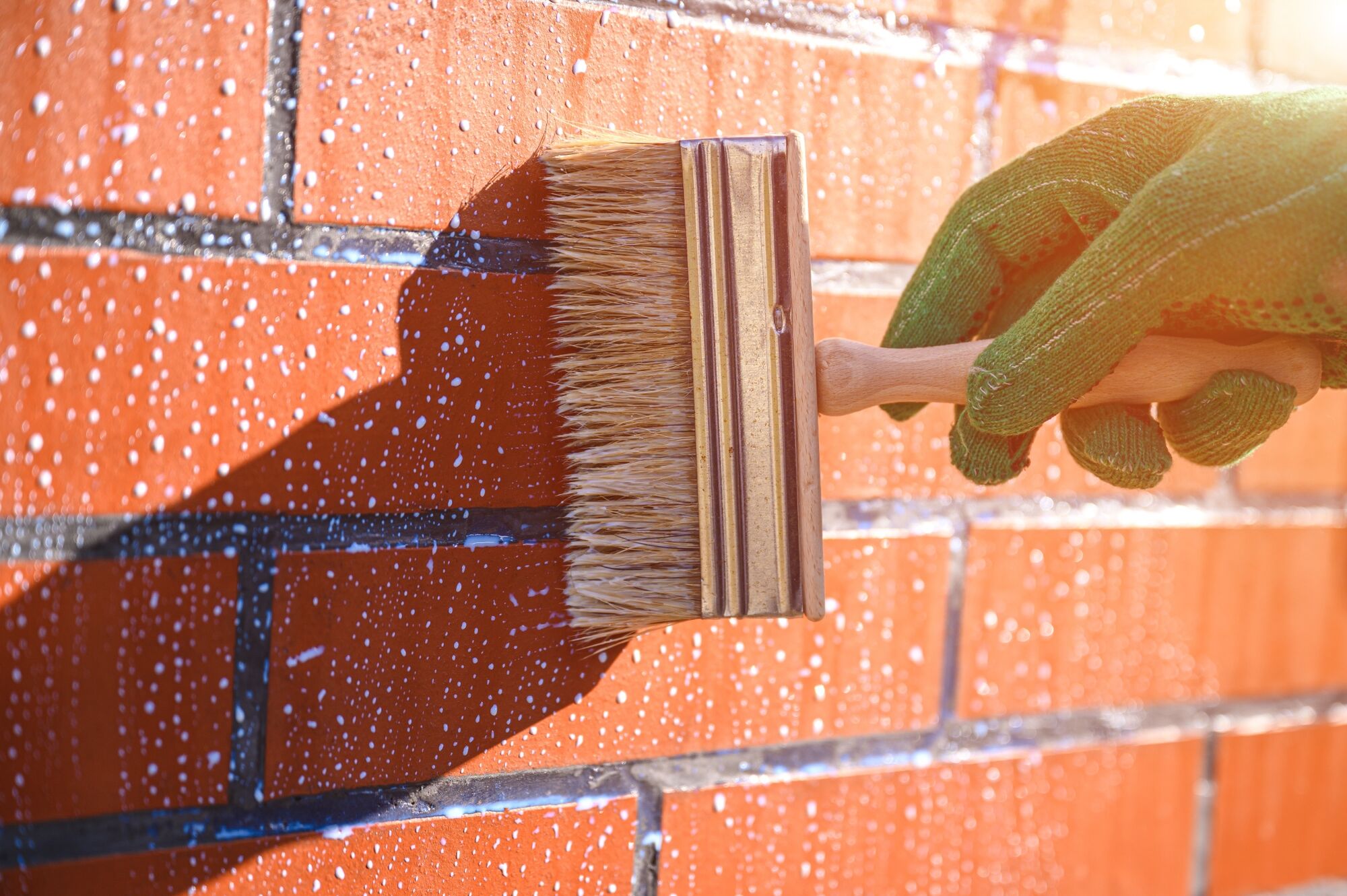

More info on the different methods of application and choice of our products can be found through our waterproofing brochure

